Summer is a time to leave your pond and its wildlife in peace. However, by looking at your pond at night, you might be surprised at what creatures come out when the sun goes down.
You’ll be surprised how much wildlife is attracted to your pond. Watching what appears can also be a nice study of how and why animals disperse. Ponds, whether natural or man-made, are transient and often isolated habitats and many animals are well adapted to seeking them out.
Here is our guide to pond dipping and how to identify wildlife found in freshwater ponds.
Water boatman
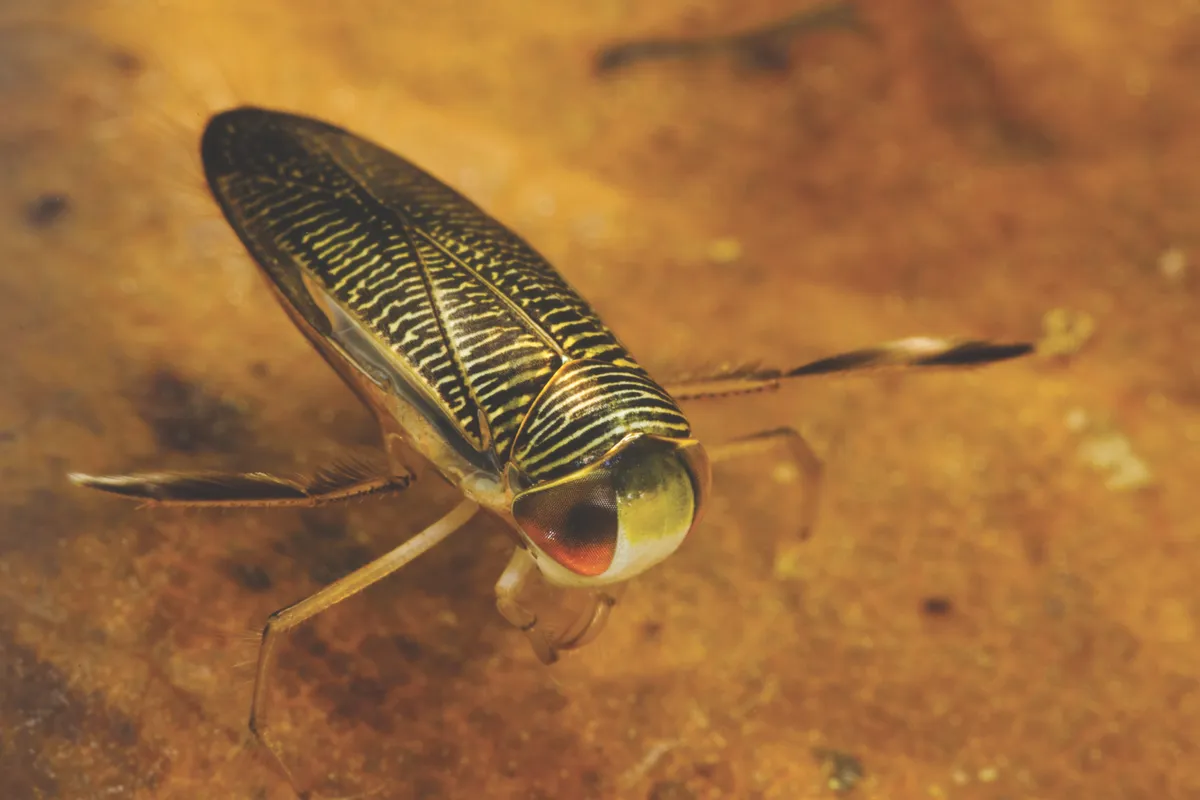
An aggressive 10–18mm-long bug that rows – using oar-like limbs – ‘upside down’ beneath the surface film waiting to snatch flies and other creatures that fall on to the water. If threatened, the water boatman dives deeply.
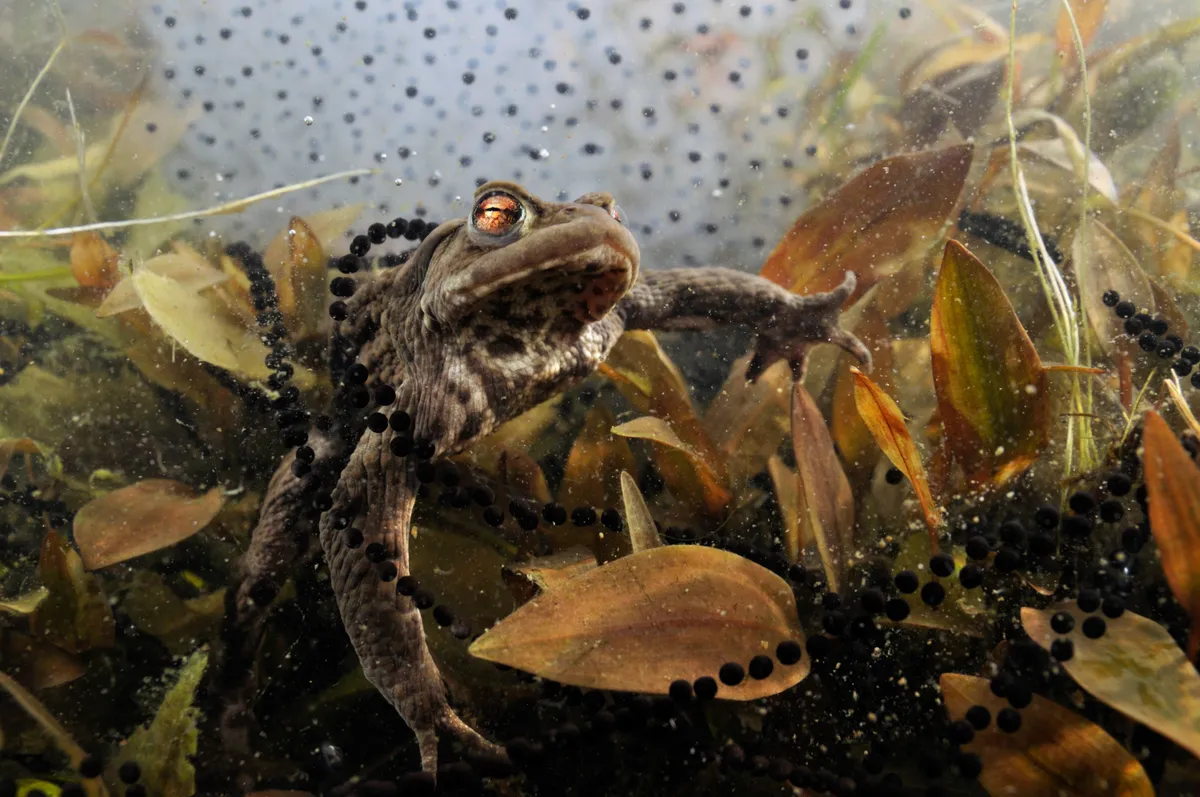
Water scorpion
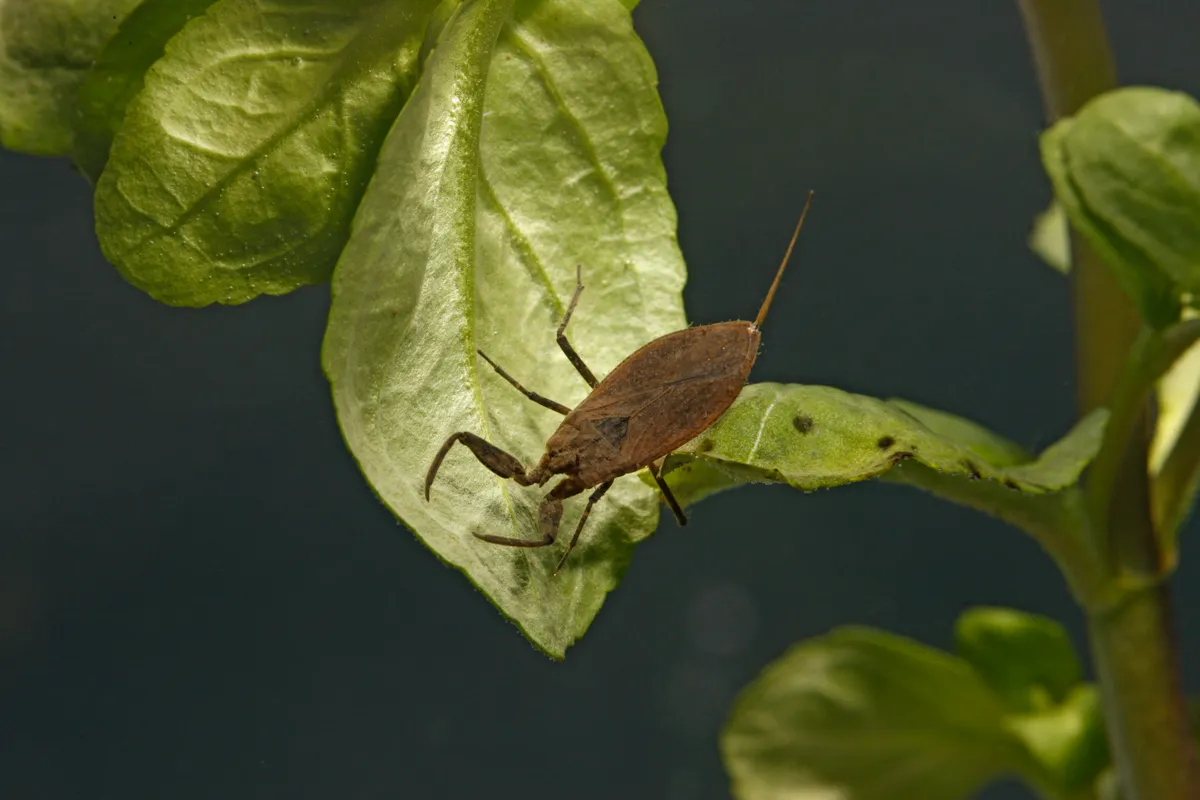
Flattened, diamond-shaped predatory insect. It waits on banks or plants with the tip of its breathing tube above the water surface and ambushes small creatures with its trap-like front legs.
Stickleback
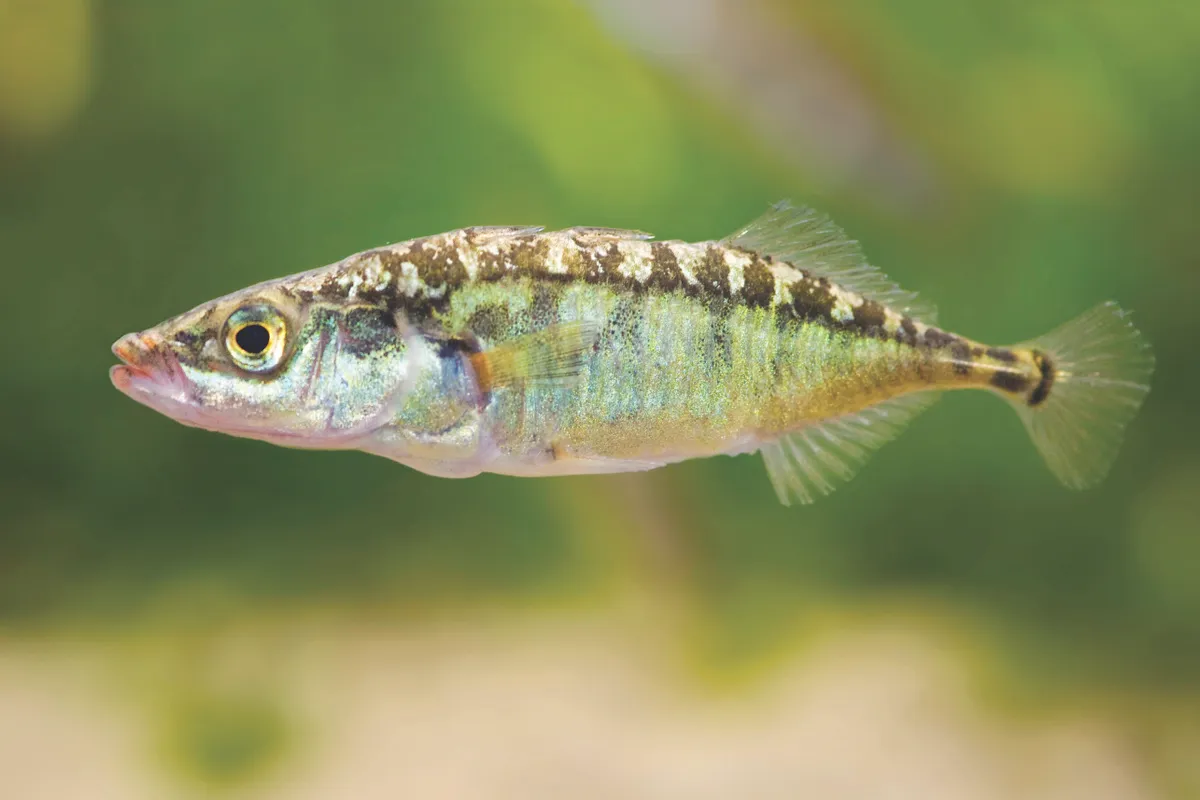
Distinctive three dorsal spines and bony armour plating instead of scales. Male develops a red throat and belly over spring and summer and builds a nest for the female to lay eggs in; the male then guards the progeny. Up to 11cm in size.
Water slater
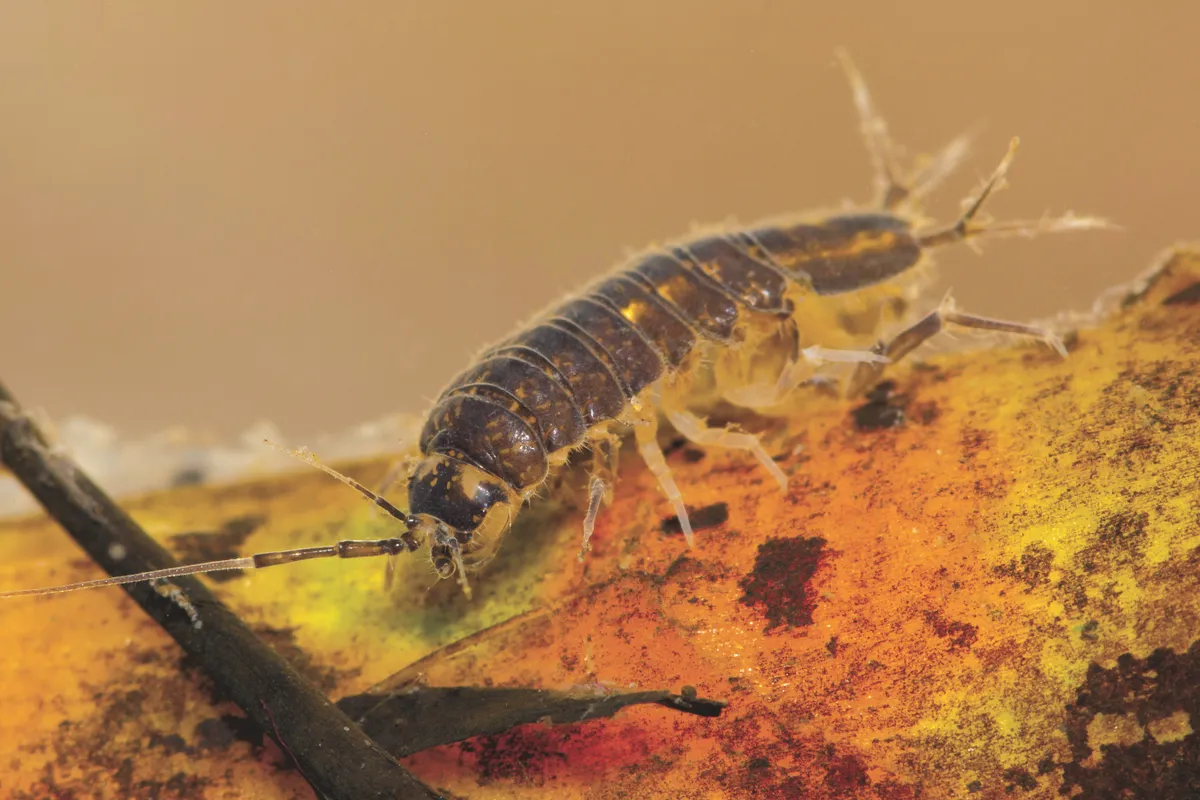
Like an aquatic woodlouse, it’s found crawling under stones and rotting vegetation at the bottom of ponds. The water slater feeds on all decaying matter – animal or vegetable. Up to 20mm long.
Dragonfly and damselfly larvae
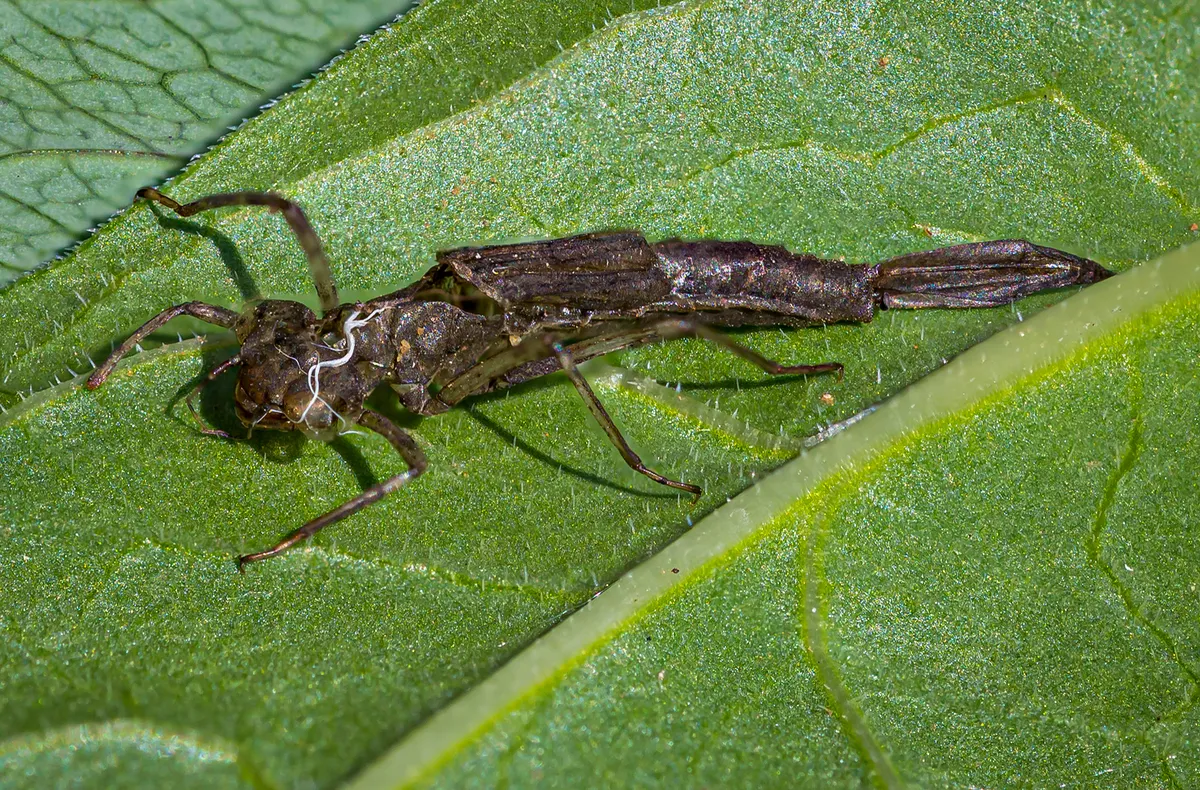
Dragonflies and damselflies spend their first stage of life underwater as predatory larvae. They stalk fish, bugs and tadpoles, catching their prey with their ‘labium’ – segmented forceps on the head that shoot forward at speed.
Freshwater shrimp
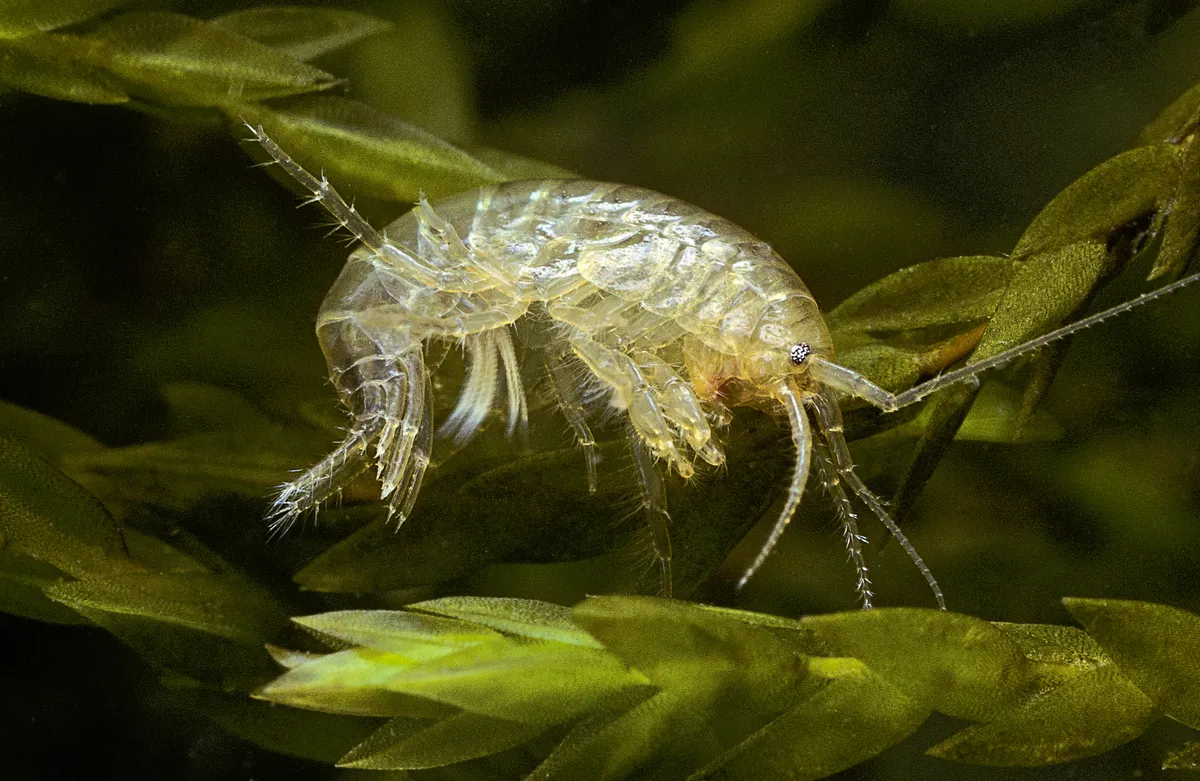
Resembling tiny prawns up to 10mm long, species of freshwater shrimp are found in almost all bodies of water, from tiny streams to garden ponds. Some species can tolerate high pollution levels. They feed on algae and plant detritus.
Leech
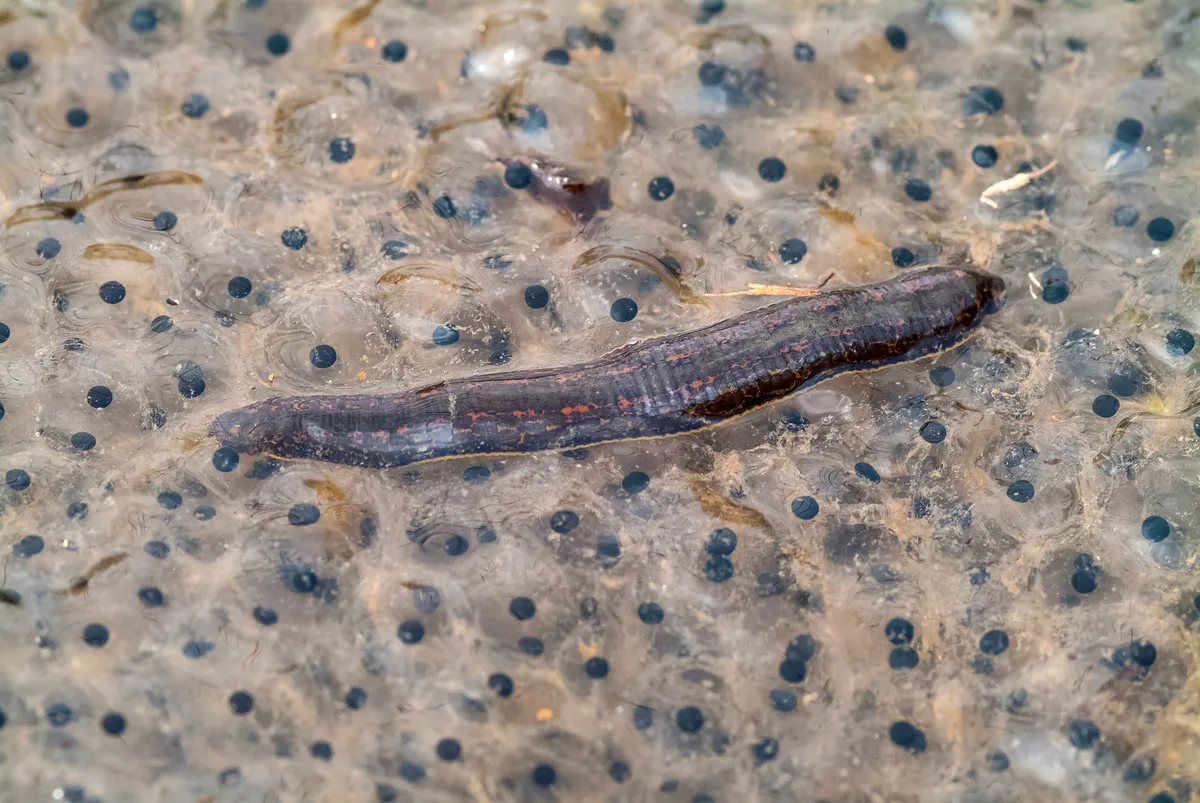
Can swim or crawl and are found in ditches and ponds. The largest are medicinal leeches (pictured) and horse leeches, which can reach 15cm long. Now very rare, the medicinal leech sucks the blood of fish and snails.
Great diving beetle
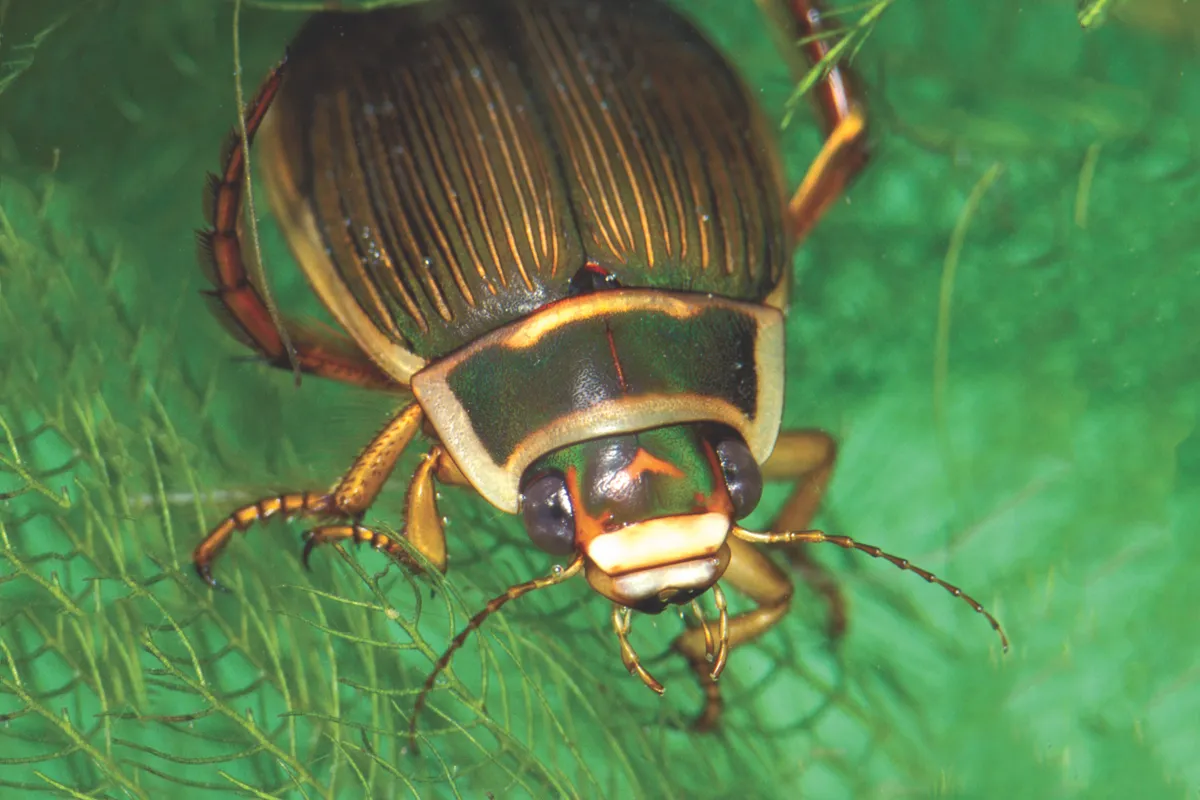
Up to 35mm long, this handsome insect inhabits weedy ponds and lakes. A powerful swimmer that hunts tadpoles and small fish. Female has furrowed elytra; male’s are smooth. The 50mm-long larva has startlingly huge mandibles.
Water snails
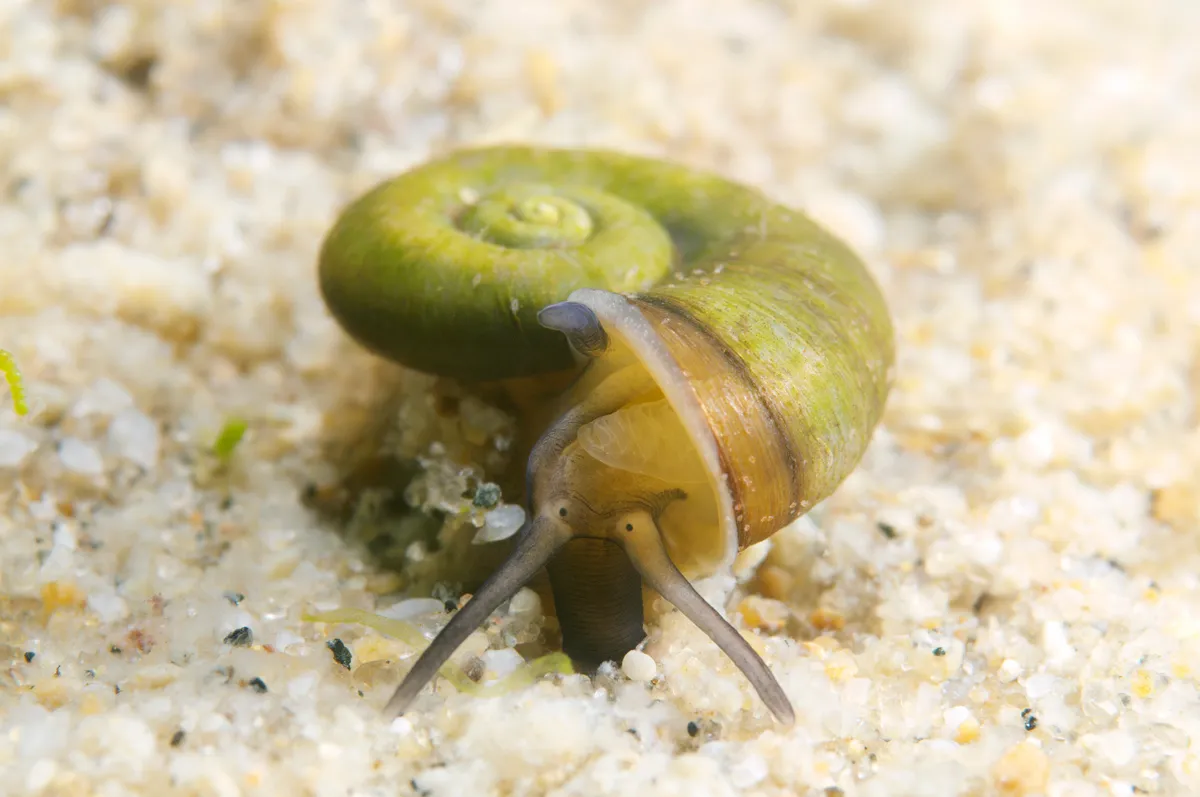
There are many species of freshwater snail but the great pond (left) and ramshorn (right) are the largest. The pond snail, up to 60mm long, likes ponds and lakes with abundant plant life. The ramshorn, up to 40mm, enjoys similar habitats.